The exhibition highlights the fruitful interactions between Riccardo Dalisi and artists, designers, architects, and critics, including Mimmo Jodice (to whom MAXXI pays tribute with the exhibition of a core of images from the Mediterraneo series at the Archive Center), Alessandro Mendini, Giancarlo De Carlo, Massimo Pica Ciamarra, Mimmo Paladino, Ettore Sottsass, and many others.

Riccardo Dalisi was one of the most multifaceted Italian designers of recent decades. He was unconventional, revolutionary, and hard to classify. Moving freely between architecture and design, art and craftsmanship, participation and social engagement, academic research, and popular traditions, he explored paths and methods that, though often misunderstood, stand out as ground-breaking today, when facing the great challenges of our times as far as design is concerned.
Practical info
„Ricardo Dalisi. Radicalmente“
November 10, 2023 – March 3, 2024
MAXXI Rome
Via Guido Reni, 4a, Roma
Italy
The MAXXI exhibition presents Dalisi’s work for the first time in its extreme diversity and vastness. From creative workshops with children in Naples (those in Rione Traiano are depicted in a series of photographs by Mimmo Jodice) to his revolutionary work in the field of design (such as ultra-poor design, characterized by poor techniques and recycled materials, including sculptures, lamps, and tin objects created by migrant laborers and unemployed people).
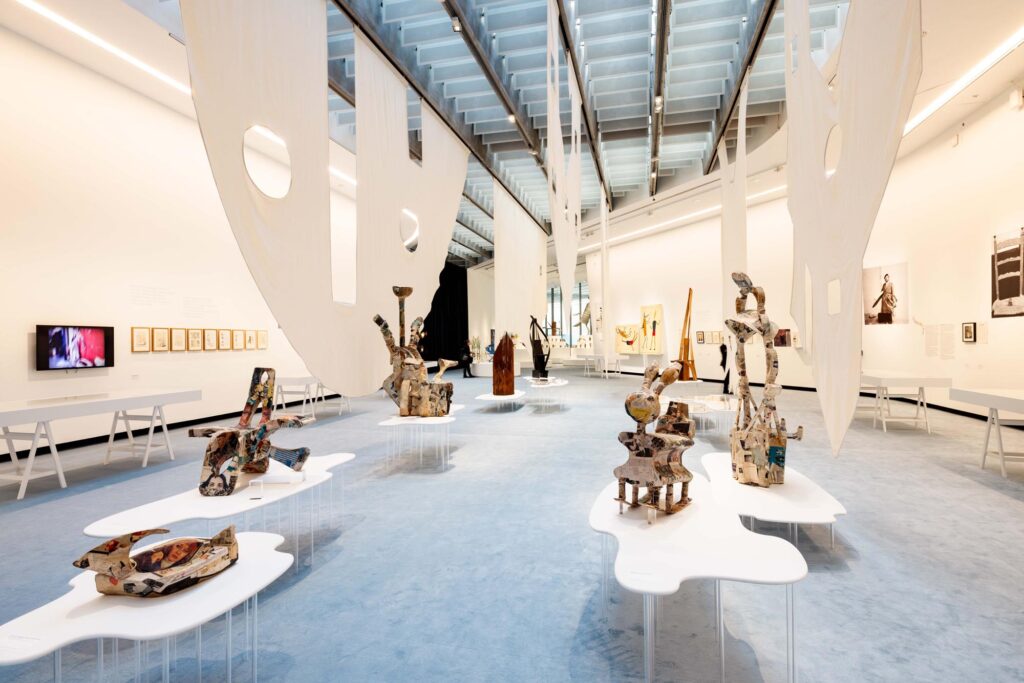
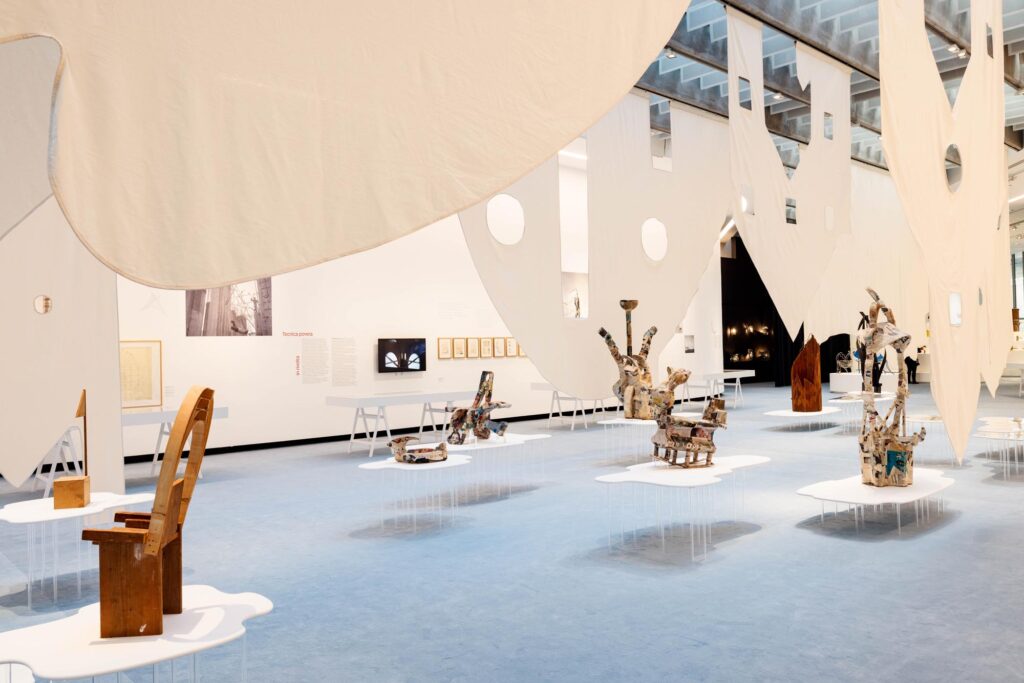
From built architecture (such as the Borsa Merci in Naples, created with Michele Capobianco and Massimo Pica Ciamarra in 1964, or the „creative restoration“ interventions in the Irpinia villages struck by the 1980 earthquake) to imagined architecture with visionary, impossible projects, utopian plans, and ironic yet provocative drawings that, as a whole, evoke a surreal, poetic, and critical world. The exhibition also presents the artistic revival of popular culture and tradition, with paintings and sculptures, often in large format, where characters of Neapolitan and Mediterranean culture are brought to life.


Also exhibited for the first time is the Sedia del cece (Chickpea Chair), a series of drawings that Dalisi asked from Andy Warhol, Joseph Beuys, Ettore Sottsass, Enzo Mari, Bruno Munari, Paolo Portoghesi, Superstudio, Archizoom, Zziggurat, 9999, Aldo Rossi, Franco Purini, Franco Raggi, Ugo La Pietra, Gae Aulenti, Hans Hollein, and many others. It is inspired by a small chair made by a Neapolitan girl using scrap wood and a clothespin, with a chickpea laid on it.
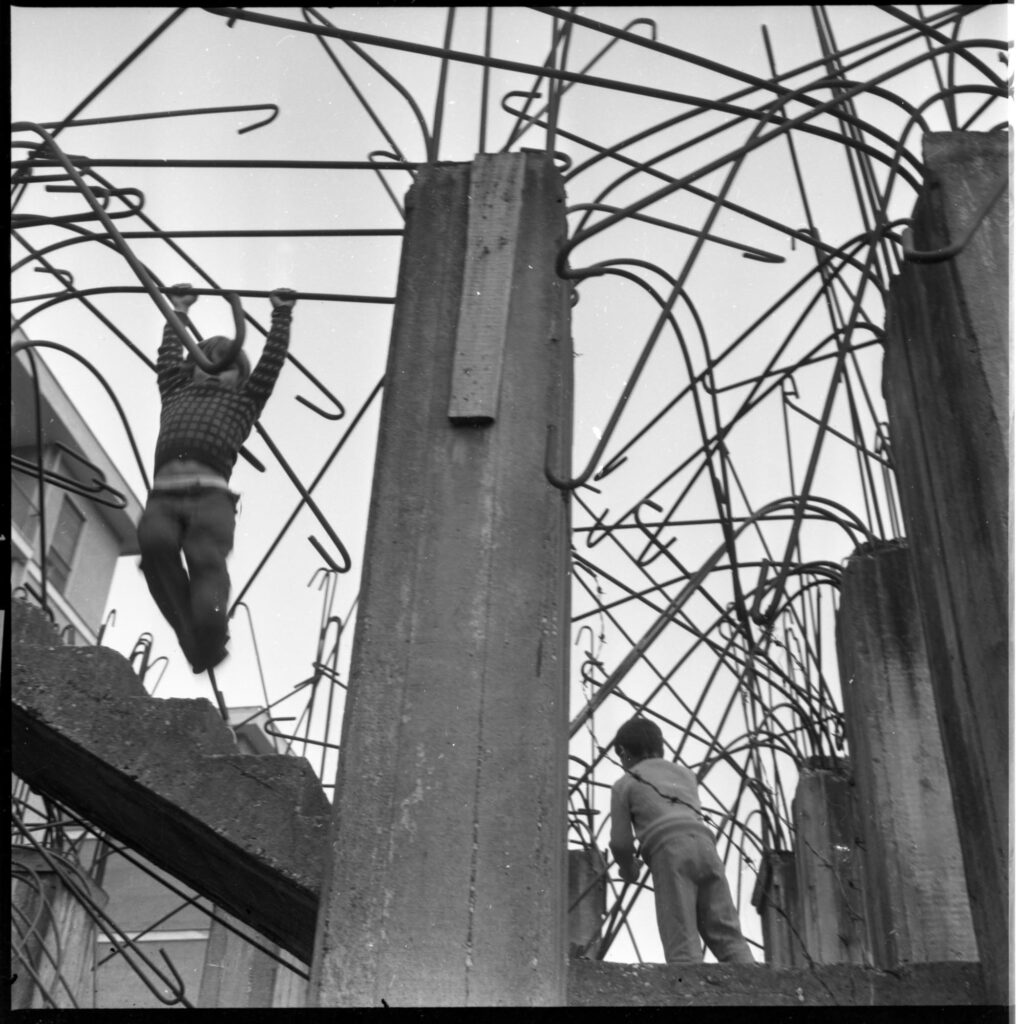
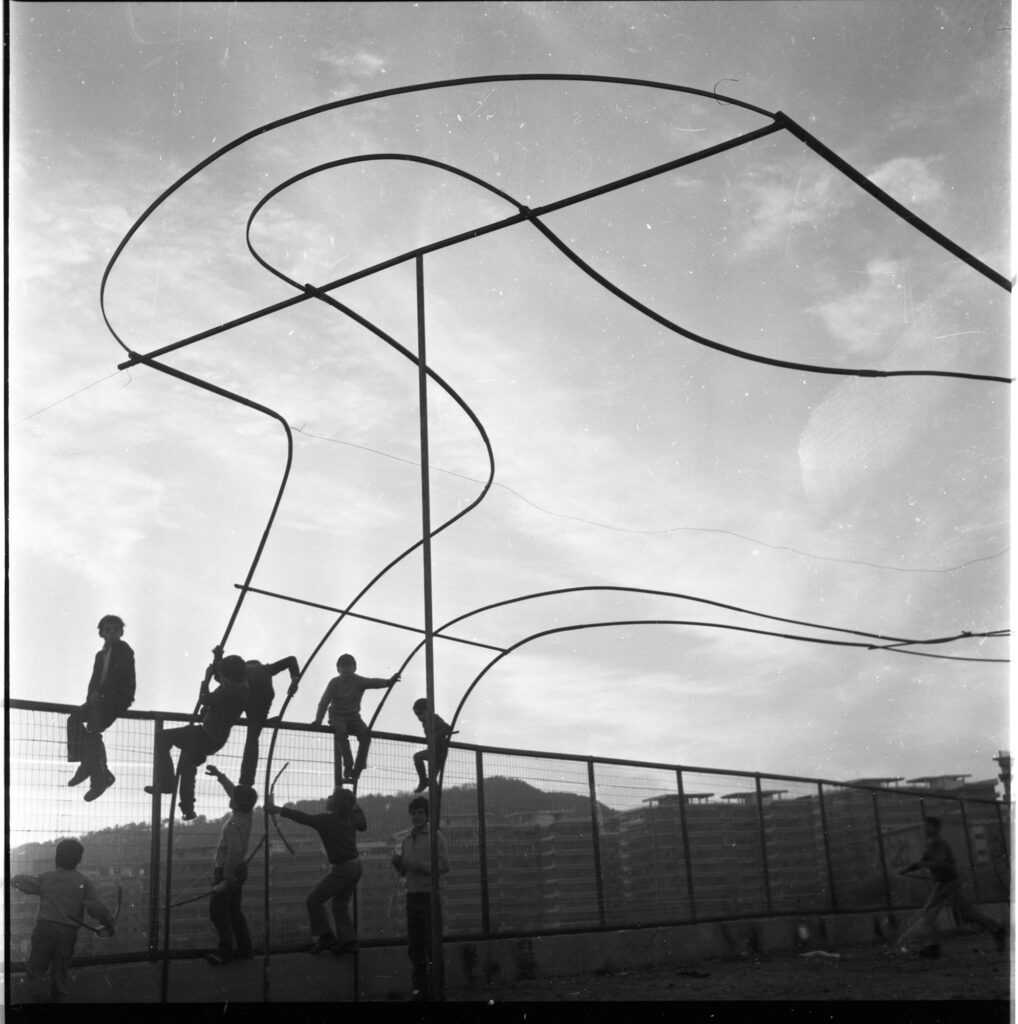
Among his most famous works is the reinterpretation of the Neapolitan coffee maker, the result of research carried out between 1979 and 1987 for the Alessi company, awarded the Compasso d’Oro (“Golden Compass”). It was conducted with the craftsmen of Rua Catalana in Naples and Alessi technicians in Piedmont, generated, in addition to a model that went into production, hundreds of objects halfway between a coffee maker and a puppet, in which functional research, anonymous design, and the ritual dimension of coffee merge into the forms of „Totocchi“ (Totò + Pinocchio), warriors, knights, robots, Pulcinella, and other fairy-tale and mythological characters.

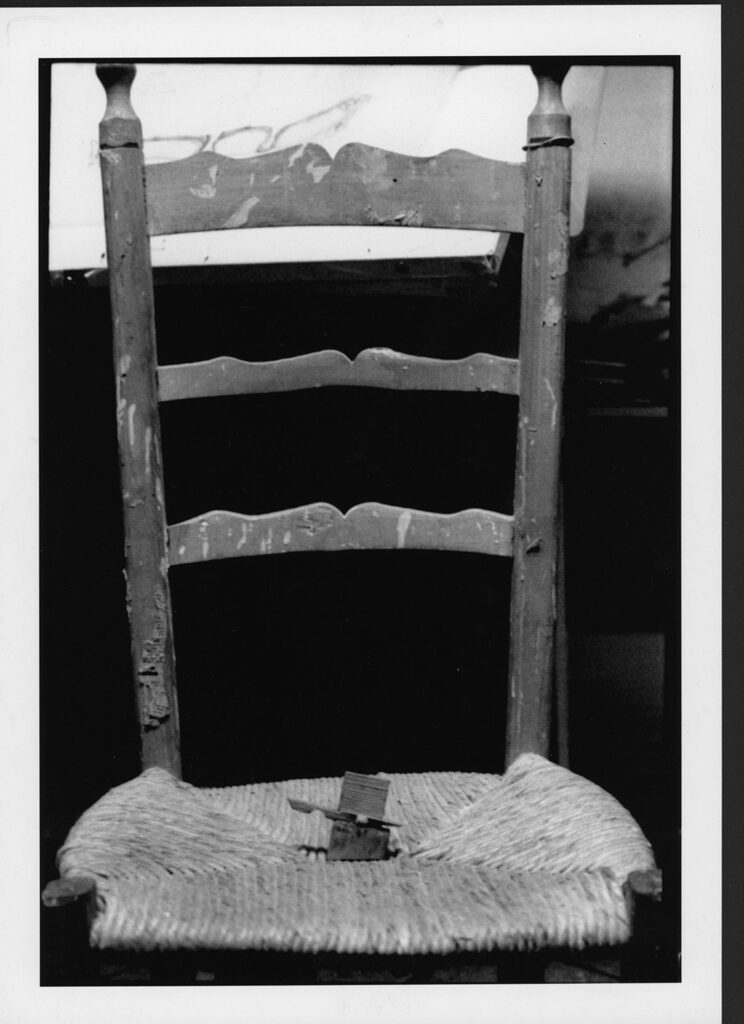
Through drawings, sketches, furnishings, embroidery, objects, books, sculptures, paintings, photographs, archive documents, films, and other materials, the radical and revolutionary nature of the „Dalisi method“ is revealed. Curator Gabriele Neri writes, „By exalting interdisciplinary trespassing, the overturning of the concept of the author, the ‚creative disorder,‘ irony, and play, the potential of residue and dross, Dalisi fought to reaffirm the ‚tolerant strength of the community sense, for which everyone, even the least efficient and the outcast, is useful, necessary.‘ His work hovers between utopia and reality and transforms what we thought were marginal themes and territories into pivotal points of discussion and engagement, especially in times of crisis that force us to rethink our relationship with the project and the world.“

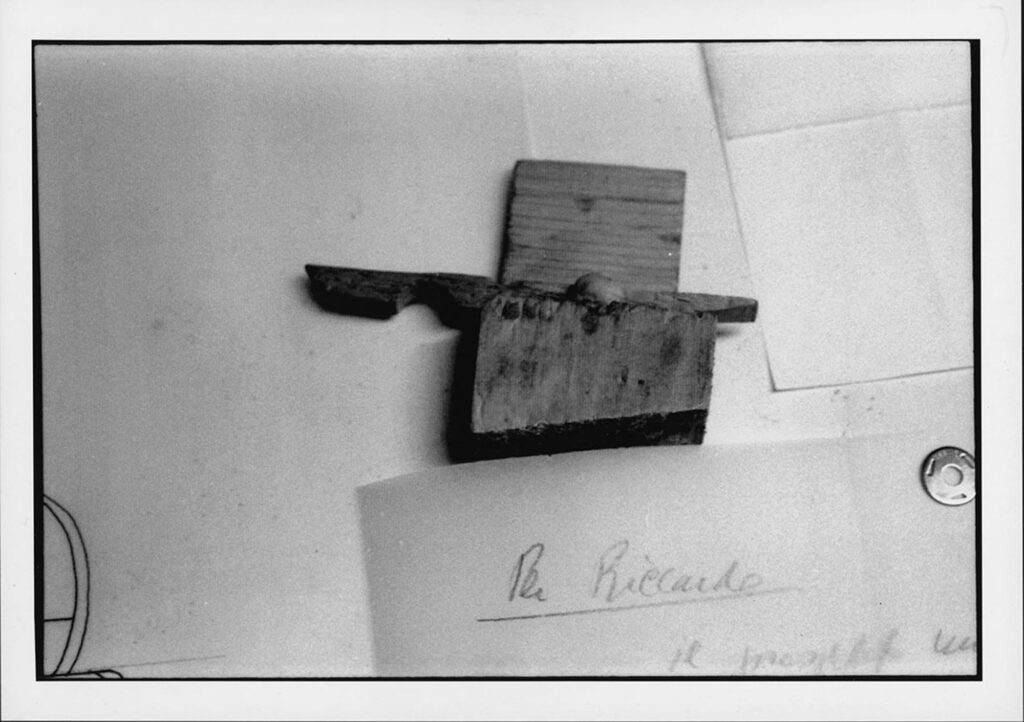
His work blossomed in the cultural and artistic climate of Naples in the sixties and seventies. It is the expression of a „Mediterranean“ nature resistant to a homogenizing, disastrous modernity. However, it has always drawn from much broader influences, both geographically and disciplinarily—pedagogy, semiotics, linguistics, sociology, theatre, etc.—which the exhibition aims to highlight.
The setting-up by Novembre Studio evokes the image of an upside-down, alternative world, much like Dalisi’s perspective on reality. The dreamlike figures that the master drew and sculpted over the years guide the visitor through an out-of-scale landscape, telling the story of his poetics in a thorough, radical way.
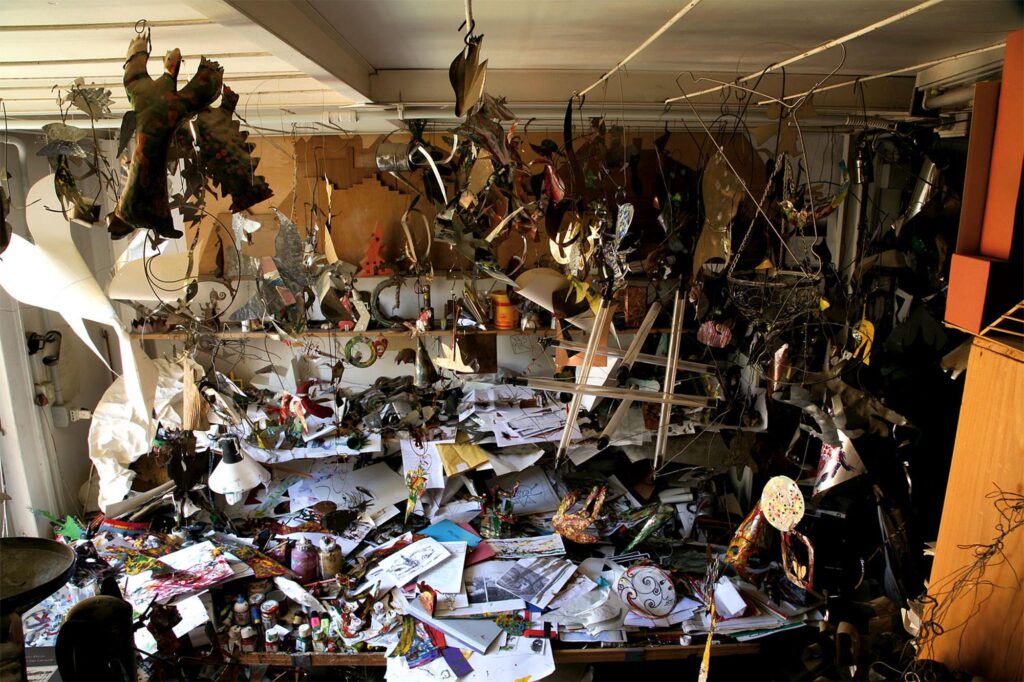

The exhibition also includes the outcomes of research conducted, starting from the traces of the Neapolitan architect, by the artist-photographer Vincenzo Castella, in collaboration with NABA – Nuova Accademia di Belle Arti (“New Academy of Fine Arts”), involving a group of young visual artists from the Academy. Through the displayed photographs, the plunges into the workshops of the tinsmiths of Rua Catalana, the streets of the Spanish Quarters, among the „garitte“ („watchtowers“) built at Palazzo Reale, and in the buildings constructed in Ponticelli and Rione Traiano, which in the seventies were the stage for pioneering workshops conducted with children. A book, curated by Gabriele Neri, has been published for the exhibition.
It is dedicated to the „Sedia del cece“ series, edited by Corraini, featuring drawings by Riccardo Dalisi, Andy Warhol, Joseph Beuys, Ettore Sottsass, Enzo Mari, Bruno Munari, Paolo Portoghesi, Superstudio, Archizoom, Zziggurat, 9999, Aldo Rossi, Franco Purini, Franco Raggi, Gae Aulenti, Ha

